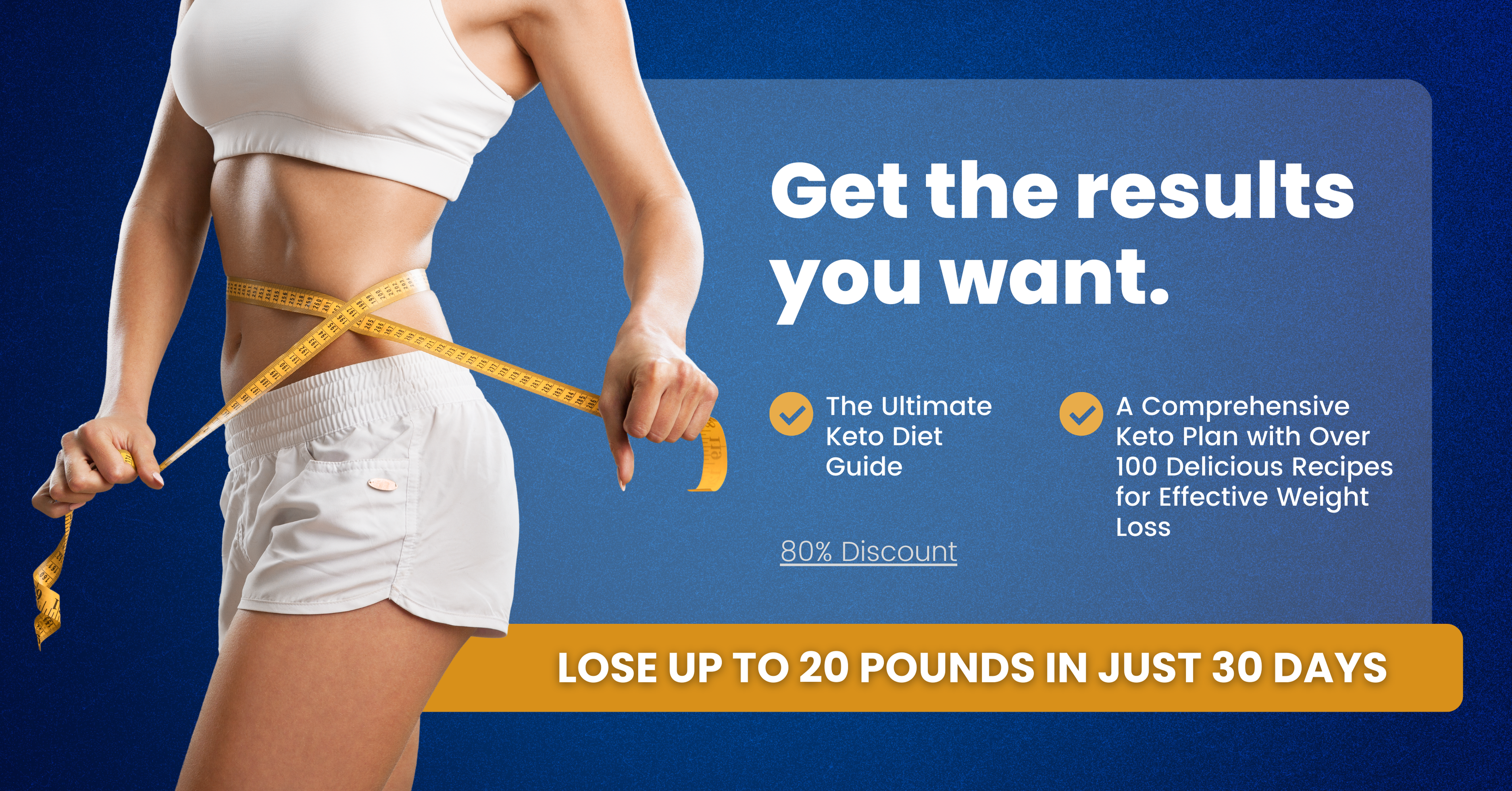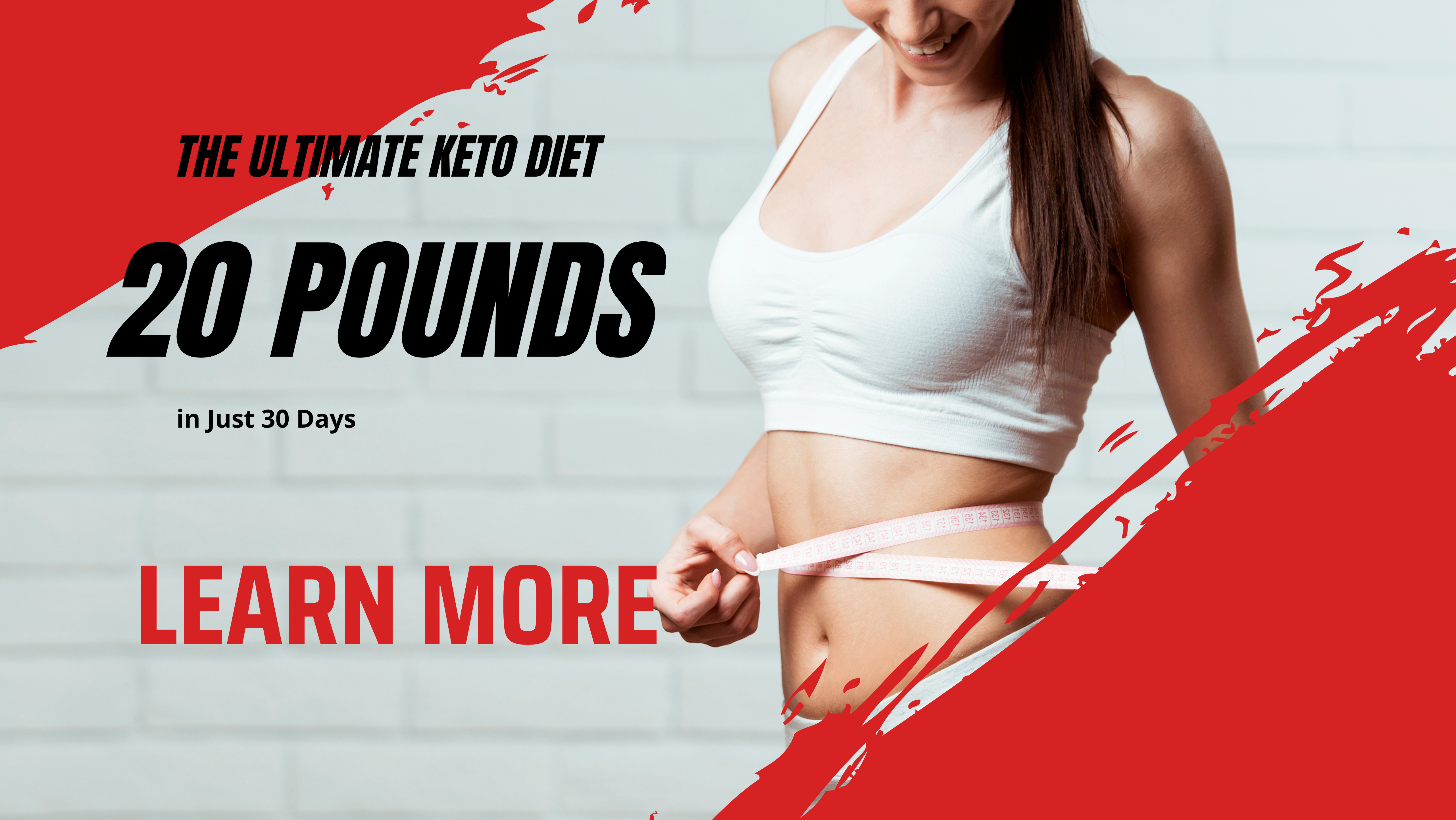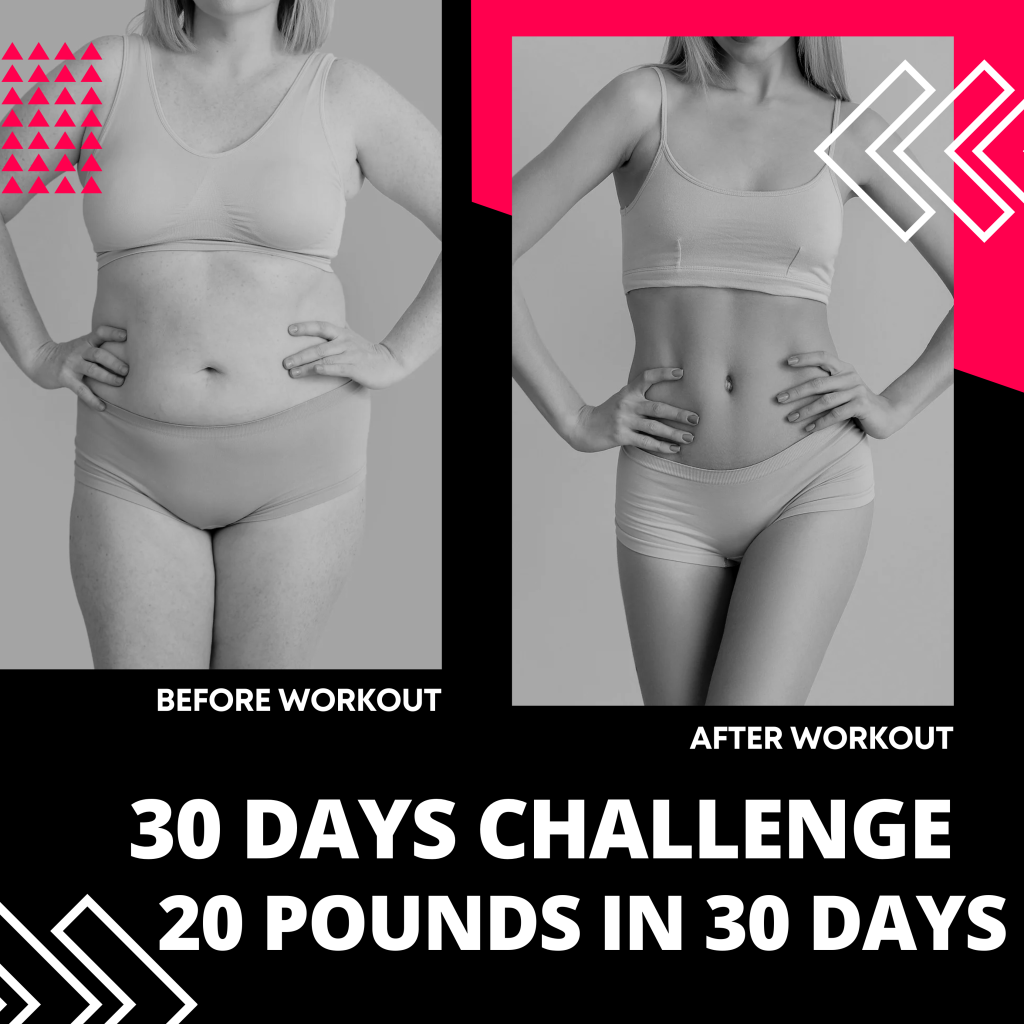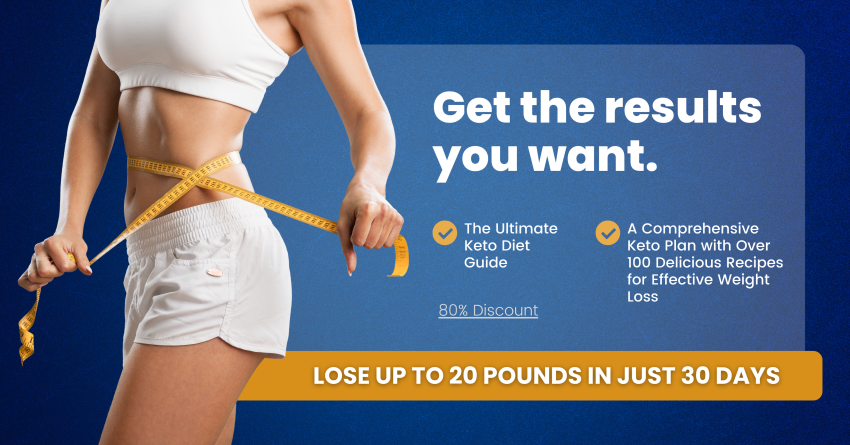

If you’re new to the world of ketogenic diets, don’t worry, you’re not alone. With more and more people turning to the keto diet for weight loss and improved health, it’s no surprise that it’s gaining popularity. But before you dive in headfirst, there are a few things you need to know to get started on the right track.
First and foremost, let’s start with the basics. The ketogenic diet, commonly known as keto, is a high-fat, low-carb diet that aims to put your body into a state of ketosis. Ketosis is a natural metabolic process in which your body switches from using glucose as its primary fuel source to using ketones, which are produced from fat. This shift in fuel sources can lead to rapid weight loss, increased energy levels, and improved mental clarity.
To get started on the keto diet, here are some key principles to keep in mind:
1. Limit your carb intake: The main goal of the keto diet is to reduce your carb intake to less than 50 grams per day, ideally around 20-30 grams. This means cutting out sugary foods, grains, and starchy vegetables, and focusing on eating low-carb, high-fat foods like meat, fish, eggs, and healthy fats like avocado and coconut oil.
2. Increase your fat intake: To stay in ketosis, you need to replace the calories you would normally get from carbs with healthy fats. This means eating plenty of fatty cuts of meat, fatty fish, nuts, seeds, and full-fat dairy products.
3. Moderate your protein intake: While protein is an essential macronutrient, eating too much protein can kick you out of ketosis. Aim to get around 20-25% of your calories from protein sources like meat, poultry, and seafood.
4. Stay hydrated: When you first start the keto diet, your body will excrete more water, which can lead to dehydration. Make sure to drink plenty of water throughout the day to stay hydrated and prevent side effects like headaches and fatigue.
5. Monitor your electrolytes: As you transition into ketosis, your body may also lose electrolytes like sodium, potassium, and magnesium. To prevent muscle cramps and fatigue, make sure to consume plenty of electrolyte-rich foods like leafy greens, avocados, and bone broth.
6. Be patient: It can take a few days to a few weeks for your body to fully adapt to using ketones as its primary fuel source. During this time, you may experience side effects like the “keto flu,” which can include headaches, fatigue, and irritability. Stick with it, and these symptoms will eventually subside as your body becomes fat-adapted.
In conclusion, the keto diet can be a powerful tool for weight loss and improved health, but it’s important to approach it with caution and make sure you’re meeting your nutritional needs. By following these beginner’s guide to keto, you’ll be on your way to success in no time. Good luck!






